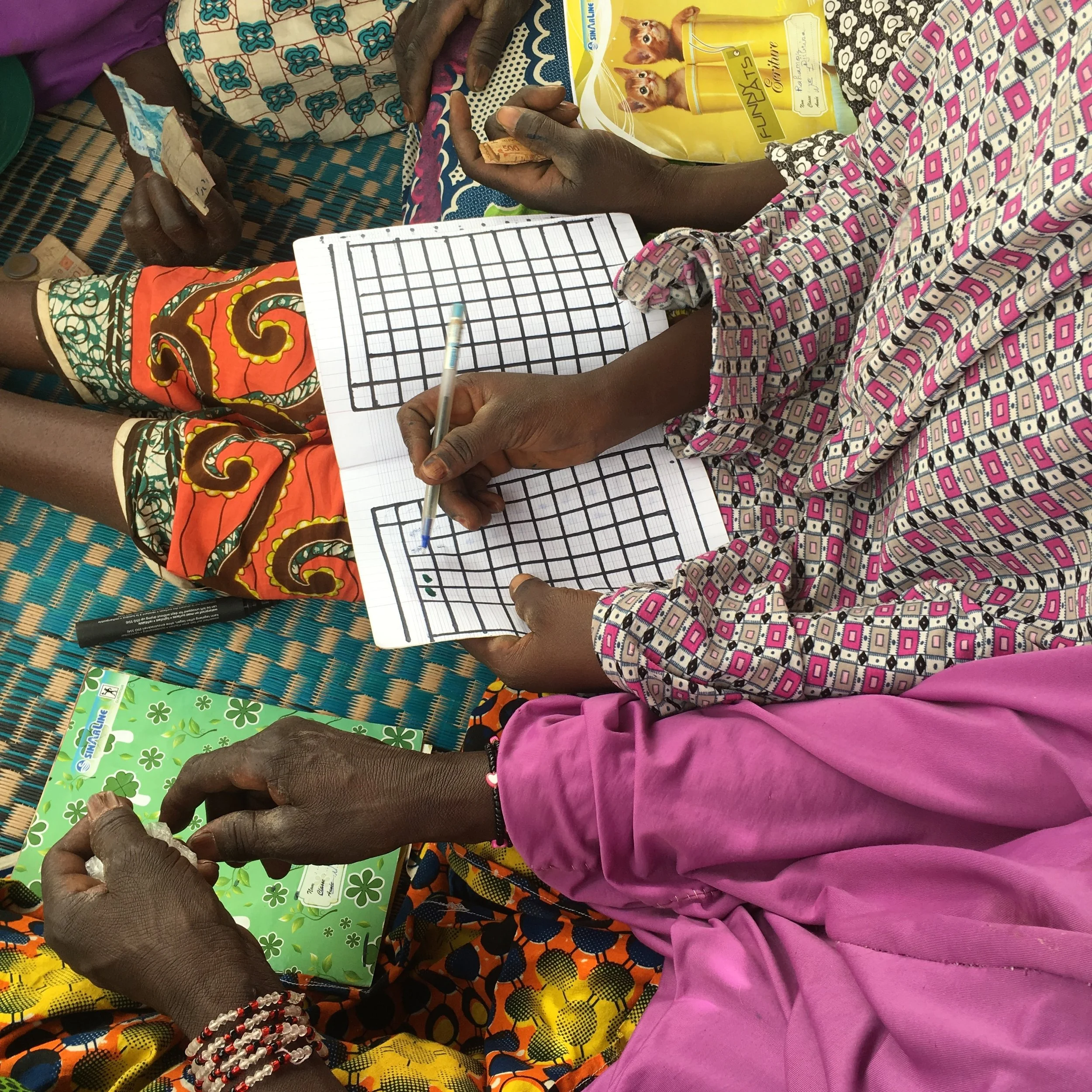Six Things to be Curious About
Many readers are interested in models and methodology - all the boxes, books, meeting procedures, bank relationships, management and training structures. But there are other important things. In a conversation with Candace Nelson, I came up with the following list of six questions that, to me, are much more interesting than Model and Methodology questions.
- Do the members of the group support each other in reaching personal and financial goals, or are they just coming together to share money? I think in the former case, the group is more likely to survive, by far…
- Is the commitment to save respected and supported? Is there room in the group both for members who Save To Save, and for members who Save To Borrow? Some readers know I suspect that the commitment savings aspect of Savings Groups is, for many members, the most important element, but lately I’ve seen some groups that are frenzied borrowers, where a pure saver might not be completely welcomed.
- What are the messages that the group has received, besides what’s in the manual? Is every trainer free to give their own messages to the group? Does the INGO care? Does the INGO even understand this question? (I’ve used the term messaging to refer to all the stuff that the trainer says that isn’t in the manual. These messages create self-fulfilling expectations among group members about the ability of the group to manage itself, to grow, to be independent, and many other things).
- Do groups feel empowered to change procedures that they were taught? Empowered means here, having both the freedom and the information necessary to do so. (Another way of saying this is, Did anyone help the group think about security, or were they just told how to lock and unlock their box?)
- Does the facilitating agency have a carefully considered strategy to be efficient? And if so, is it to cut corners, or to have a replicable workable efficient simple model that it can turn out in large numbers, spreading fixed costs over a larger and larger area?
- How big is the gap within the program between what is said and written, and what is done? Said another way, the casual disrespect and bending of procedures makes management incredibly difficult and inefficient. The best programs monitor the gap between what they say and what they do, and if there is a gap, they either change what they do, or they change what they say they do.
All these questions, to me at least, are a lot more interesting than passbooks versus ledgers and all that.
Note: This post originally appeared in September 2013. We think the ideas are still good, and so we changed the date to bring it to the top of the list and lightly edited it.
Reader Comments (1)
Intriguing.....we've been keenly aware for awhile about the gap between what groups write in their constitution and what they follow. We feel that it is up to us to change that behavior and have revised the manual accordingly. We've been emphasizing the concept of integrity (What I say is what I do. What I do is what I say. If I can't honor my word, I come clean about it, apologize and do what I can to make up for it.) The reaction to this is fascinating....wish someone would do studies on this type of thing as opposed to conventional 'impact'!
Jill
Wed, October 2, 2013 | Jill Thompson



